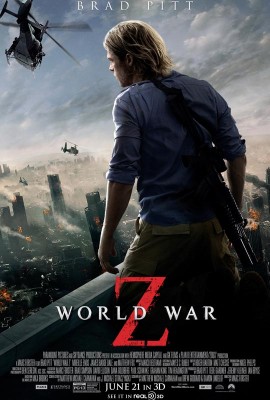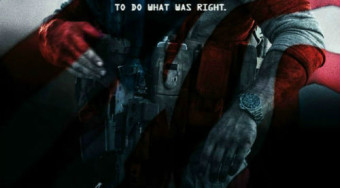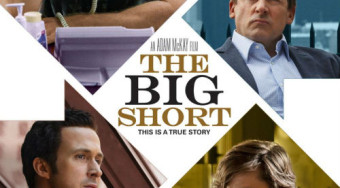Film Reviews

World War Z
Genre: Thriller
Director: Marc Forster
Cast: Brad Pitt, Mireille Enos , Daniella Kertesz , James Badge Dale, Matthew Fox
MPAA-Rating: PG-13
Release Date: June 21st 2013
The Internship Poster
“Movement is life, treatment
” says former United Nations investigator Gerry Lane (Brad Pitt) in the new film World War Z. He’s referring to the best way to survive the apocalyptic zombie attacks that are quickly destroying the human race.
The quote could actually refer to one aspect of this film’s success but ironically neglects the film’s other great quality. Along with a few great action sequences, the story also knows when to stand still.
Based on the novel by Max Brooks, the film focuses on Lane–who, early on, hears about an outbreak of rabies on the television news. Shortly afterwards, that outbreak hits home when—during a traffic jam with his family— he sees the first signs of the virus when he watches a group of infected humans attack people on the streets of Philadelphia. Lane’s first task is protecting his wife Karin (Mireille Enos) and two young daughters (Sterling Jerins and Abigail Hargrove), who witness the frightening mayhem alongside him.
This first onscreen attack, like much of the film, is suspenseful and shows that director Marc Forster (Machine Gun Preacher) was attempting to realistically portray the consequences of such an epidemic. The infected–referred to as zombies as the story progresses–are not the slow, empty-headed killers we’ve seen before. These zombies are smart and fast and able to adapt to new situations. Also, Forster is smart enough out to bathe his action sequences in light (instead of only focusing on zombies attacking in the dark or popping out suddenly to attack). To his credit, he even spends a lot of time panning over the big sweeping action scenes, showing the turmoil as it unfolds on a large scale.
It’s a technique that works particularly well in a story about a worldwide epidemic.
As the story continues, Lane is tasked with investigating the origins of the virus so that a cure can be found. Traveling the globe, he tries to figure out the weaknesses of the disease so that he can destroy it.
The story thrives here because it shows Lane embarking on an international investigation, where he interviews witnesses and reviews evidence. These scenes add a seriousness to the proceedings and sometimes make this aspect of the story feel like an episode of Law and Order, with zombies as the killers and members of the human race as the victims. Alongside the action-packed attack scenes are these dialogue-heavy scenes where Lane– and by extension, the audience–learns more about the virus.
Other storytellers would have relied on the action alone to propel the story forward. World War Z is smarter than that.
Efficiently blending action sequences with the scenes of the investigation is not enough though. The film also keeps viewers on their toes because–as would be the case in a real attack—several seemingly “important” characters are killed off quickly, showing that everyone is expendable. There are several times when a character is introduced and given a chance to shine onscreen–only to be eliminated a few short sequences later.
As a scientist in the story states, “Mother nature is a serial killer.” No character is safe here and moviegoers, looking for a fresh take on zombie attacks, will likely be pleased by this and many other aspects of this story that make it stand out.
Review by: John Hanlon












